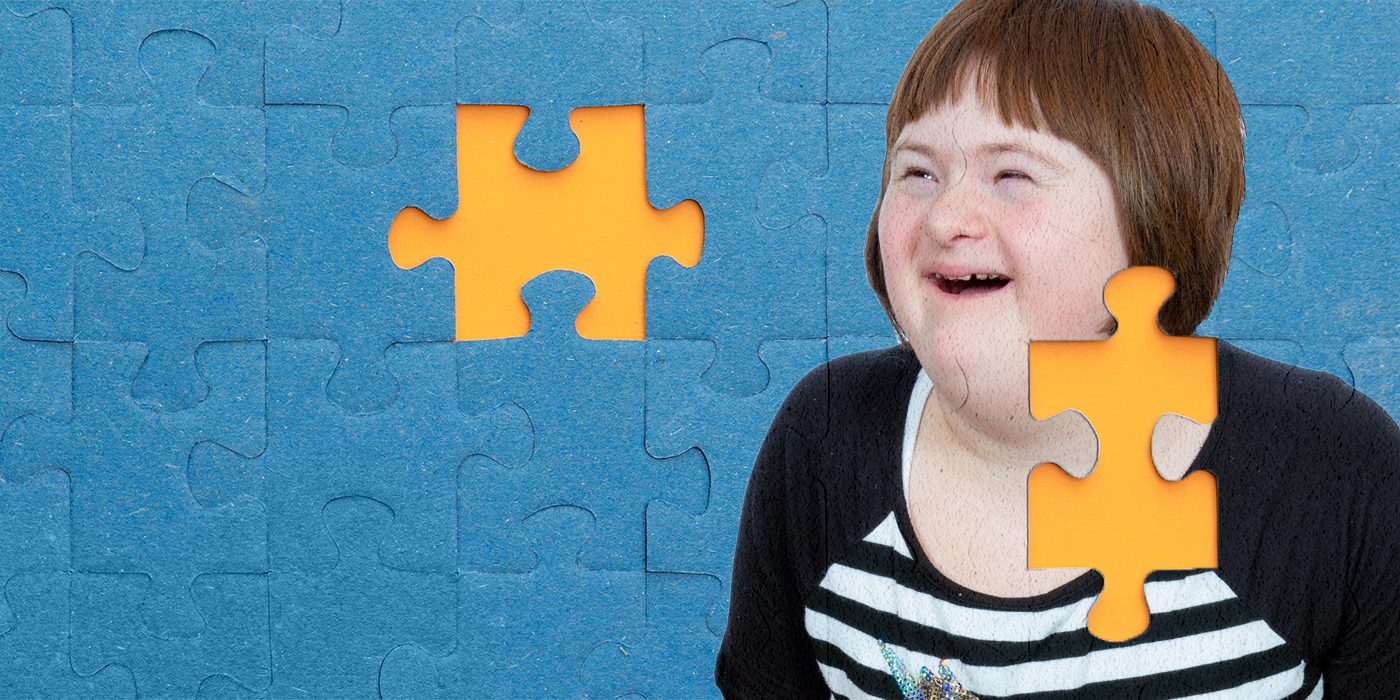Autism and Sensory Processing: Exploring the Link and Its Effects
Wiki Article
Discovering Autism: Strategies for Efficient Communication and Interaction
Effective communication and interaction with individuals on the autism spectrum necessitate a thorough understanding of their distinct requirements and choices. The ins and outs of these approaches disclose additional considerations that merit expedition, specifically in just how they can be adjusted to varied contexts and individual experiences.Comprehending Autism Range Disorder
Autism Spectrum Disorder (ASD) encompasses an array of neurodevelopmental problems identified by challenges in social communication, interaction, and repetitive habits. The term "spectrum" mirrors the varied indications and differing degrees of intensity experienced by people with ASD. While some may show significant problems, others may present high-functioning characteristics, enabling greater self-reliance in every day life.The onset of ASD usually happens in very early childhood, with indications typically recognizable by age 2. Early indications might consist of postponed speech growth, restricted eye call, and difficulties in understanding social hints. Although the precise etiology of ASD stays vague, study recommends a mix of genetic and ecological factors plays an important function in its growth.
Individuals with ASD commonly possess one-of-a-kind staminas, such as heightened focus to information and outstanding memory skills. Nonetheless, they may struggle with recognizing abstract ideas and handling changes to routine. Therefore, interventions and assistance tailored to specific requirements are important for promoting interaction and social abilities. Identifying the intricacy of ASD is essential for promoting awareness, approval, and efficient strategies that assist in purposeful communications with people on the spectrum.

Relevance of Clear Communication
Efficient communication is crucial for promoting understanding and link, particularly for people with Autism Spectrum Condition (ASD) Clear interaction not only assists in social interactions yet also enhances the individual's ability to share their demands, ideas, and feelings. For individuals with ASD, the subtleties of language can usually be challenging; therefore, making use of distinct and uncomplicated language is vital.Additionally, clear communication helps minimize stress and anxiety that may arise from misconceptions. When messages are shared in a regular and direct way, individuals with ASD are better equipped to interpret information precisely, which can significantly enhance their social interaction and involvement in various settings.
Developing routines and utilizing aesthetic supports can better reinforce clear interaction. These strategies offer individuals with predictable frameworks that assist comprehension and retention of information. In addition, proactively paying attention and being person during communications promotes a helpful setting where individuals with ASD feel valued and recognized.
Inevitably, focusing on clear interaction not only equips people with ASD however additionally fosters even more meaningful links with their peers, caregivers, and the bigger area, paving the means for inclusive communications and joint partnerships. - autism
Non-Verbal Interaction Methods
Communication extends past words, and for individuals with Autism Range Disorder (ASD), non-verbal signs play a considerable duty in interactions. Non-verbal interaction strategies can include facial expressions, motions, body language, and eye call, every one of which function as vital parts for conveying purposes and feelings.Recognizing and analyzing these non-verbal signals can boost interactions with individuals with ASD. For example, a cozy smile or open stance can produce a welcoming environment, motivating engagement. In a similar way, making use of aesthetic aids-- such as image cards or symbols-- can bridge communication gaps and help communicate messages better.
It is also important to be conscious of individual area, as people with ASD may have various comfort degrees relating to proximity. Observing their reactions to physical distance can notify appropriate changes.

Developing Encouraging Atmospheres
Producing a supportive atmosphere is essential for promoting positive interactions and boosting the health of individuals with Autism Spectrum Disorder (ASD) Such atmospheres can significantly lower anxiousness and create a sense of security, allowing people to express themselves extra openly.To attain this, it is important to think about sensory sensitivities that individuals with ASD might experience. Customizing the physical area to include soft lights, marginal history noise, and comfortable seats can develop a relaxing ambience. In addition, using constant routines and clear aesthetic schedules can assist individuals anticipate shifts and decrease unpredictability, additional advertising convenience.
Social areas ought to be structured to lessen frustrating stimulations while providing chances for interaction in preferred tasks. Facilitating locations useful link designated for silent time can additionally function as a haven throughout moments of stress. Significantly, integrating components of choice encourages individuals, permitting them to work out agency in their setting.

Motivating Social Interactions
Fostering social communications among individuals with Autism Range Problem (ASD) requires deliberate techniques that focus on convenience and involvement. Establishing foreseeable routines can help in reducing anxiety, making social setups much more friendly. Producing structured atmospheres with specified roles and duties allows individuals to involve without the overwhelming stress of unstructured social dynamics.Integrating rate of interests and strengths into social tasks can function as a driver for interaction. For instance, organizing team tasks around shared hobbies or topics of attraction can help with all-natural discussions and links. In addition, utilizing aesthetic assistances, such as pictorial schedules or social scripts, can help in comprehending social signs and expectations.
Designing suitable social habits is crucial - autism. see post Peers and grownups should demonstrate reliable interaction techniques, including active listening and turn-taking. Role-playing scenarios can likewise give a secure space for individuals to practice these abilities
Lastly, fostering peer relationships via comprehensive techniques is important. Encouraging inclusive playdates or group outings can develop chances for socializing in a comfy setting. By implementing these strategies, educators and caregivers can substantially improve social communications for individuals with ASD, advertising their overall social growth and health.
Final Thought
In conclusion, efficient communication and interaction strategies are important for sustaining individuals with Autism Spectrum Condition. Inevitably, these methods encourage people with autism to browse social landscapes, advertising their total health and allowing the growth of long-term partnerships.Effective interaction and communication with people on the autism spectrum necessitate a detailed understanding of their distinct needs and preferences. Clear communication not only helps with social communications however additionally enhances the individual's capability to share their thoughts, requirements, and feelings.Cultivating social communications among people with Autism Range Condition (ASD) requires willful techniques that focus on comfort and engagement. By applying these instructors, strategies and caretakers can over at this website considerably boost social interactions for individuals with ASD, promoting their overall social advancement and health.
In conclusion, effective interaction and interaction strategies are important for supporting individuals with Autism Range Problem.
Report this wiki page